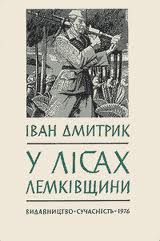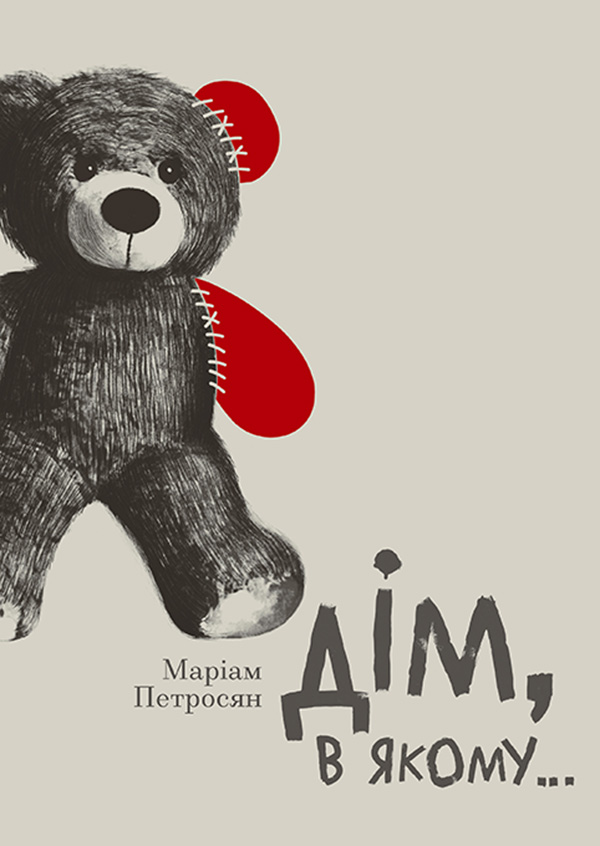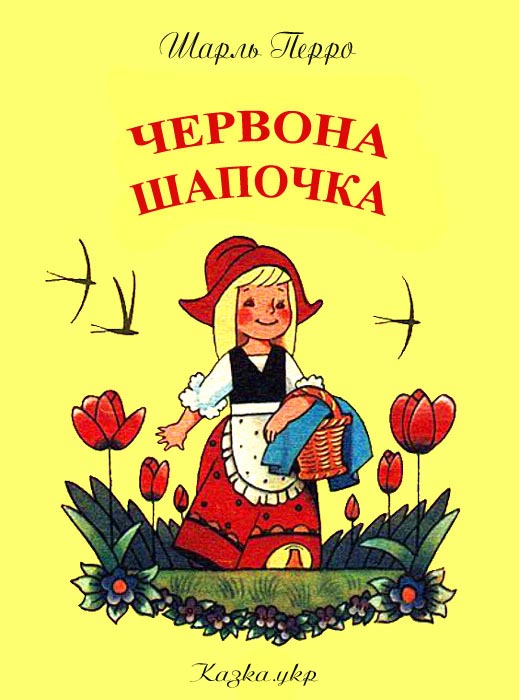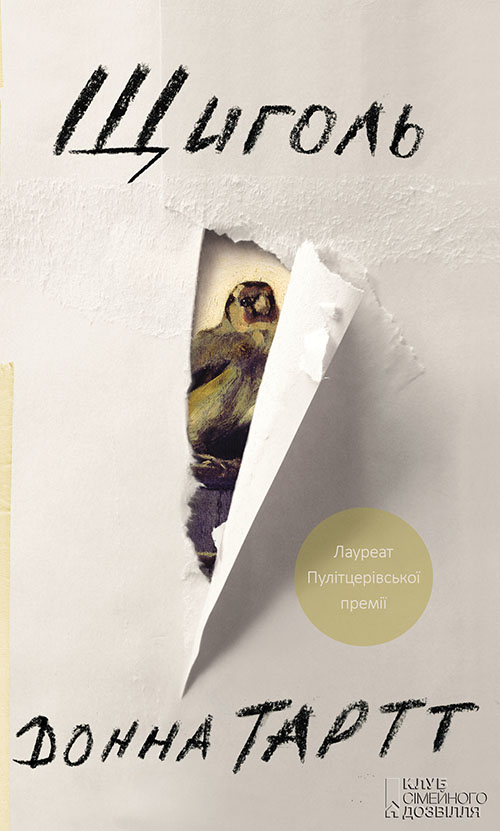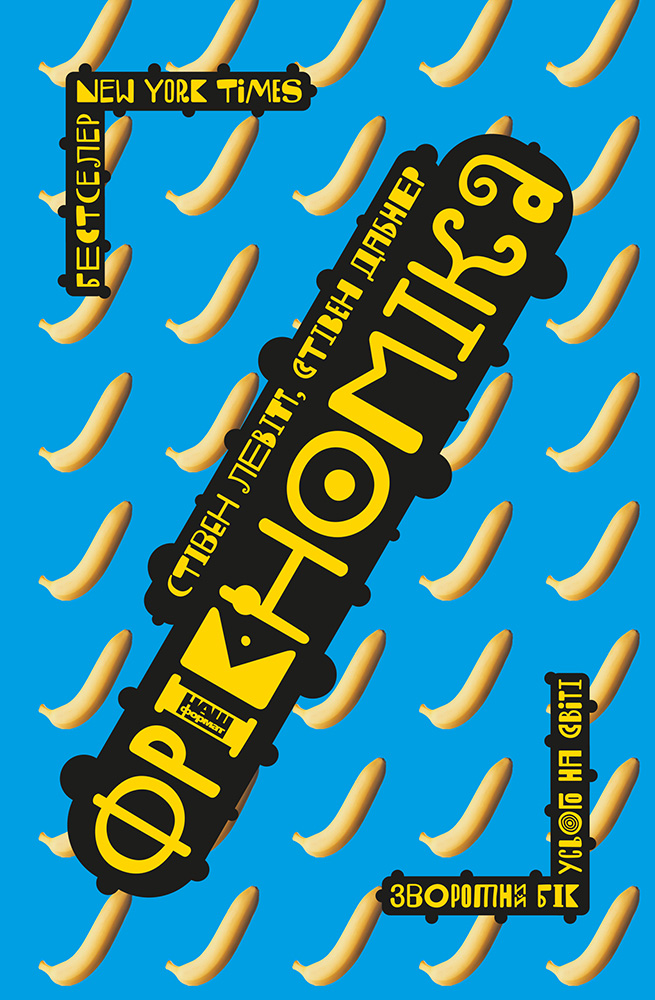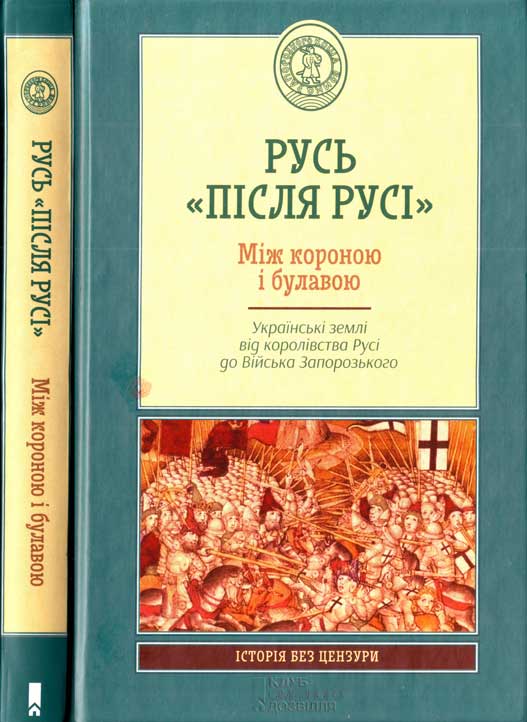Читати книгу - "Genghis Khan and the Making of the Modern World"
Шрифт:
Інтервал:
Додати в закладку:
When the caravan entered Khwarizm in the northwestern province of Otrar, now located in southern Kazakhstan, the arrogant and greedy governor seized the goods and killed the merchants and their drivers. He had no idea what a grievous response would follow. As the Persian observer Juvaini explained, the governor’s attack not only wiped out a caravan, it “laid waste a whole world.”
Hearing of the episode, Genghis Khan sent envoys to request that the sultan punish the local official for the attack; instead, the sultan rebuked the khan in the most publicly dramatic and offensive manner he knew. He killed some of the envoys and mutilated the faces of the others, whom he sent back to their master. It only took a few weeks for word of the rebuke to fly across the steppes and reach the Mongol court, where, in the words of Juvaini, “the whirlwind of anger cast dust into the eyes of patience and clemency while the fire of wrath flared up with such a flame that it drove the water from his eyes and could be quenched only by the shedding of blood.” In anger, humiliation, and frustration, Genghis Khan withdrew once again to his mountaintop of Burkhan Khaldun, where he uncovered “his head, turned his face toward the earth and for three days and nights offered up prayer, saying ‘I was not the author of this trouble; grant me strength to exact vengeance.’ Thereupon he descended from the hill, meditating action and making ready for war.”
5
Sultan Versus Khan
War for the nomadic people was a sort of production.
For the warriors it meant success and riches.
S
ECHEN
J
AGCHID,
Essays in Mongolian Studies
GENGHIS KHAN SET OUT to the west, heading for Khwarizm in 1219, the Year of the Rabbit, and arrived with the following spring in the Year of the Dragon, when he crossed the desert to suddenly appear deep behind enemy lines at Bukhara. Before the year ended, the Mongols had taken every major city in the Khwarizm empire, and its sultan lay abandoned and dying on a small island out in the Caspian Sea where he had sought refuge from the relentless hounding by Genghis Khan’s warriors.
The Mongols carried the fighting deeper into the new lands, and in a campaign of four years, they conquered the cities of central Asia as though swatting flies. The names seem to run together in a numbing sequence of syllables in a dozen languages: Bukhara, Samarkand, Otrar, Urgench, Balkh, Banakat, Khojend, Merv, Nisa, Nishapur, Termez, Herat, Bamiyan, Ghazni, Peshawar, Qazvin, Hamadan, Ardabil, Maragheh, Tabriz, Tbilisi, Derbent, Astrakhan. The armies of Genghis Khan crushed every army wherever they found them, from the Himalayan Mountains to the Caucasus Mountains, from the Indus River to the Volga River. Each conquered city had its own story that followed a mildly different course of events, but the results never varied. No city withstood their onslaught. No citadel survived untaken. No prayers could save the people. No officials could bribe or talk their way out of submission. Nothing could slow, much less stop, the Mongol juggernaut.
By riding against Khwarizm, Genghis Khan attacked a newly formed kingdom only twelve years older than his own Mongol nation, but he attacked not just an empire, but an entire ancient civilization. The Muslim lands of the thirteenth century, combining Arabic, Turkic, and Persian civilizations, were the richest countries in the world and the most sophisticated in virtually every branch of learning from astronomy and mathematics to agronomy and linguistics, and possessed the world’s highest levels of literacy among the general population. Compared with Europe and India, where only priests could read, or China, where only government bureaucrats could, nearly every village in the Muslim world had at least some men who could read the Koran and interpret Muslim law. While Europe, China, and India had only attained the level of regional civilizations, the Muslims came closest to having a world-class civilization with more sophisticated commerce, technology, and general learning, but because they ranked so high above the rest of the world, they had the farthest to fall. The Mongol invasion caused more damage here than anywhere else their horses would tread.
Just as in northern China, where the formerly nomadic Khitan, Jurched, and Tangut tribes ruled over peasant populations, across the Middle East the formerly nomadic Turkic tribes such as the Seljuks and the Turkoman had conquered and ruled various kingdoms populated mostly by farmers. A series of Turkic states dominated the political landscape from the territories of modern-day India, Pakistan, and Afghanistan, across Persia, and into the heart of the Anatolia region of modern Turkey along the Mediterranean. The civilization of the area rested on an ancient bed of Persian cultures, heavily augmented by influences from the Arab world and from earlier classical civilizations from Rome to India. The cultural mosaic of the Middle East included sizable minority populations of Jews, Christians, and other religious and linguistic groups. Overall, however, the scholars, judges, and religious leaders spoke Arabic and quoted the Koran. The soldiers spoke the Turkic dialects of their warrior tribe. The peasants spoke and sang in the many dialects of Persian.
Despite the wealth of the area at the time of Genghis Khan’s sudden appearance, the complexity of its social life left its many kingdoms riven with political rivalries, religious tensions, and cultural hatreds. As an upstart Turk, the sultan of Khwarizm could scarcely claim any allies among his fellow Muslims, mostly Arabs and Persians, who looked upon him as little more than a barbarian conqueror himself. Relations between the sultan of Khwarizm and the Arab Caliph in Baghdad were so strained that according to several chronicles, the Caliph supposedly petitioned Genghis Khan to attack the sultan by sending him a secret message tattooed onto
Увага!
Сайт зберігає кукі вашого браузера. Ви зможете в будь-який момент зробити закладку та продовжити читання книги «Genghis Khan and the Making of the Modern World», після закриття браузера.
